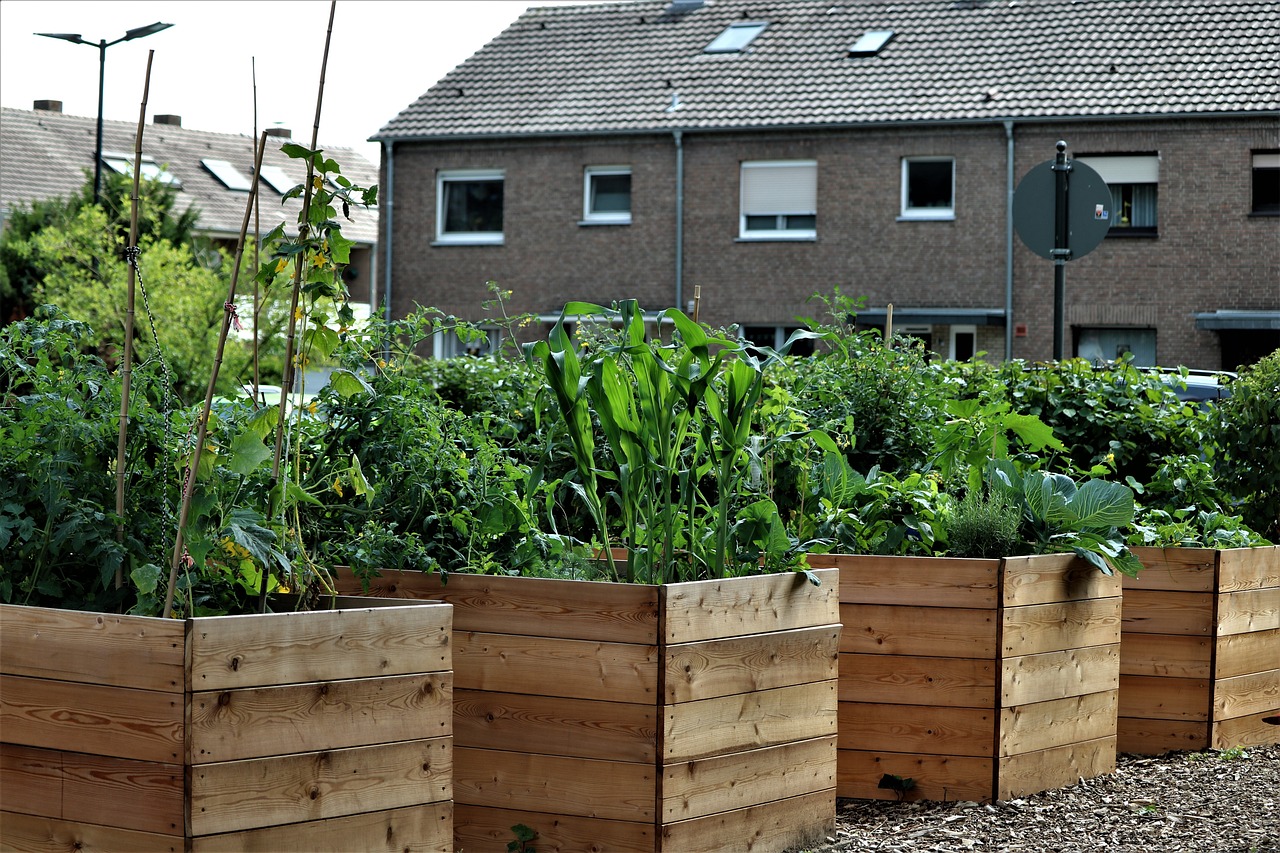Raised Garden Beds - What Are the Advantages?
If your gardening experience could be easier, take less time, demand less effort and be kinder to your back, would you be more motivated to start this healthy project? Let’s look at ways this method of gardening can make life easier for you.

Ten Advantages of Using Raised Garden Beds?
- Easy to create and maintain nutrient-rich soil
- Easy to prevent soil compaction
- Easy to irrigate
- Easy to maintain good drainage
- Easy to plant
- Easy to fertilize
- Easy to mulch maintaining moisture, reducing weeds and nourishing the soil
- Easy to notice problems earlier
- Easy to harvest
- Easy on your back!
Easy to Create and Maintain Nutrient-Rich Soil
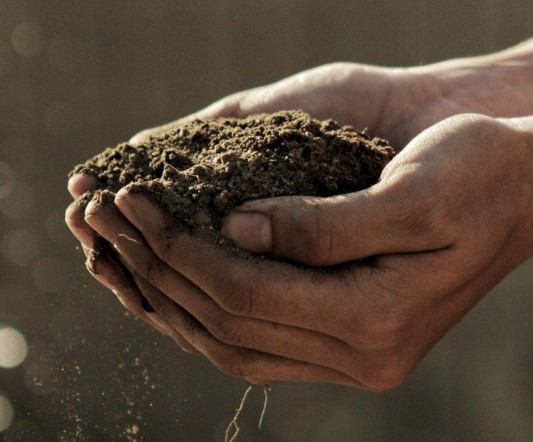
Problems: Is your garden soil poor, heavily encumbered with rocks or other debris? Is it compacted and hard to work with causing poor drainage and poor nutrient availability to the plants? There is a solution!
Often poor soil contains limited organic matter which helps to hold moisture and nutrients. Sandy soil also lacks organic matter, and water may flow through quickly causing the roots to dry out. This can result in damage to the plants often with an inability to recover. In addition, in sandy soil nutrients have nothing to bind to.
Solutions: Maximizing the advantages of raised beds can provide nutrient-rich soil with the necessary trace minerals for your plants to thrive. You are in complete control of what you fill your beds with. You can create rich soil through composting or you can visit your garden supplier and purchase the soil “ready-made.” If you’re interested in learning how to compost, click here. It can be an enriching experience!
In your raised garden beds, the soil is contained making it easy to keep rich as you work organic matter such as compost and other amendments into the soil each season when you’re preparing to plant.
Easy to Prevent Soil Compaction
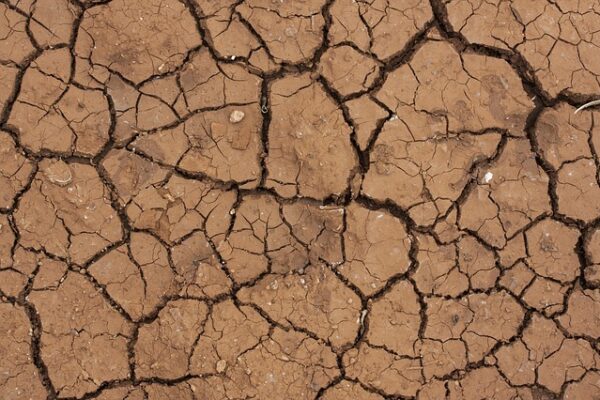
Problems: Soil compaction is a result of soil particles being compressed causing a significant reduction of air space (called pore space) between the soil particles. The pore spaces, in healthy soil, fill with air and water bringing oxygen and moisture to the roots of the plants, and these spaces also create the drainage system for the soil.
With a significant reduction of the pore spaces present in compacted soil, the water cannot
sufficiently drain, less oxygen is present for the roots and nutrients cannot be taken up by the roots as needed. In addition, if roots are left in wet conditions for a prolonged period of time, damage will certainly result.
This post contains affiliate links, and I make a commission if you make a purchase through one of these links at no cost to you.
Solutions: Using raised garden beds is a natural and easy solution to this problem. You can fill your beds with healthy, enriched, well-draining soil and produce an abundant harvest.
In working with your existing soil, adding organic matter such as compost can significantly improve the health of the soil. Adding a product called Azomite can provide the much needed micro nutrients. Read my review on Azomite to learn more.
Mulching is always a plus because, mulching helps retain moisture in the soil, is organic matter and will decompose and provides food for the mico-organisms in the soil. Learn more about the underground network of micro-organisms and their importance to sustaining life here.
Be careful in compacted soil not to add too much organic matter at once because organic matter can absorb and hold onto water and contribute to a drainage issue. Gradually add organic matter evenly throughout the garden soil, and, as the compaction starts to correct, more organic matter can be added.
Easy to Irrigate
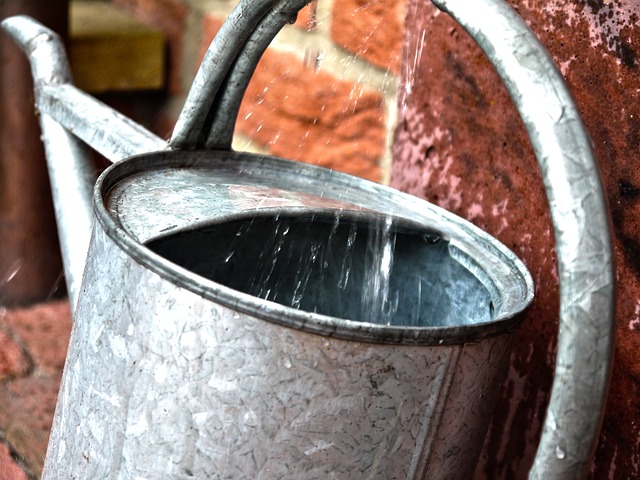
Problems: Sometimes rain can provide the moisture necessary to sustain your garden, but what happens when it doesn’t rain? A system has to be put in place to provide the necessary moisture for your garden to thrive.
What happens when you go on vacation for two weeks and there’s no system in
place to irrigate your garden? Maybe your neighbor or a friend will help out, but wouldn’t it be nice not to even have to be concerned about your garden?
Solution: Raised beds can significantly contribute to water saving efforts which is important in areas challenged with summer droughts. There are several methods of irrigation that will work for raised garden boxes.
- Attach a hose bib to the end of each garden box and attach a soaker hose to the hose bib. I recommend one soaker hose per box. This way you can control how often each bed is watered and how much water is given to each bed.
- Another method would be placing a garden hose in the bed with a lawn sprinkler attached. Turn on the water so the water pressure is low enough that the water doesn’t spray over the edge of the box.
- A third method and the one we used on the farm would be the old fashioned hand-watering either with a hose or a watering can. We actually carried water in buckets from the stream that ran through our farm. Easy is better!
The above methods don’t seem to fit with an “easier gardening” experience. The method I’ve found to work best and the easiest is a drip system. It does take a little more time initially to install, but this will give you years of ease watering your garden.
Once installed, a drip system has many advantages. You can control when the beds are watered, how much water each plant receives, and minimal water is wasted. Here is how I installed a drip system in my garden:
- Install an irrigation valve on each garden bed.
- Attach a 1/2-inch drip irrigation poly tube, and run it the full length of the bed close to one side. There are 90 degree attachments that will make the tubing turn perfectly in the corners. This way when your planting, you don’t have an irrigation tube in the middle of the soil getting in the way.
- From the 1/2-inch poly tube, attach a 1/4-inch poly tube for each plant and place an emitter at the end of each of these 1/4-inch tubes, so the water is directed exactly to the plant where you want it. There are 1/4-inch couplings that insert into the 1/2-inch tubing, and the 1/4-inch tubing fits over the other end of the coupling. Depending on the mature size of the plants, one emitter may provide enough water for two, three or even four plants strategically placing the emitter so the water reaches all plants being watered by that emitter.
- For convenience, you can connect each valve to an irrigation control box where you can set each garden box for the amount of time and the number of days you want to irrigate. Some plants will take more water than others, so this is easy to control with an irrigation controller. Make sure the controller has at least the number of stations as you have valves and a few extra stations in case you want to add additional garden boxes in the future.
- Also, you can bypass the controller and water each box manually from the valve. This gives you the option to control each box separately; however, the controller is nice to have in case you’re gone for a period of time – maybe a vacation – or maybe you just want the irrigation to take care of itself so you can spend your time doing other important tasks in your garden.
Easy to Maintain Good Drainage
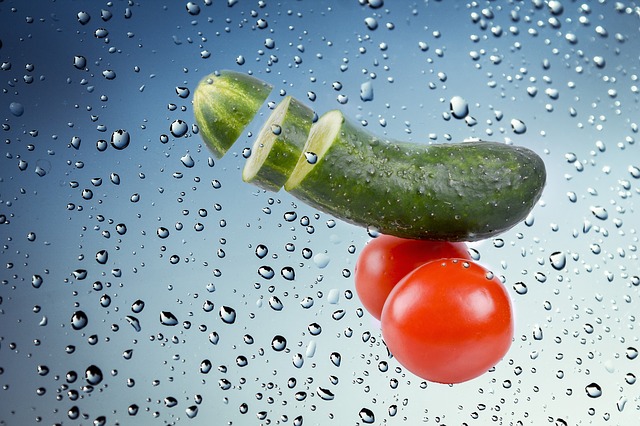
Problems: Lack of good soil drainage can lead to
- Stunted plant growth or death of plants
- Root damage
- Inability for roots to take up nutrients
- Disease
- Puddling and providing an environment for insect infestation
- Excessive weed growth
- An overall poor gardening experience
Solutions: A very easy solution to correcting drainage issues in a garden is to install raised garden beds. This raises the height of the soil providing porous soil with the necessary pore spaces for good drainage.
Adding organic matter evenly throughout the garden soil will also help. Do not use more than 50 percent organic matter when amending. Eric Sideman, PhD. gives great insight into organic matter in the soil in his article Too Much Organic Matter.
One more solution to consider would be adding a drain or multiple drains if necessary to your garden bed to divert the water away from the roots of your vegetables. Better Homes & Gardens provides a step-by-step guide on how to install a drain in your garden in the article Improve Poor Drainage.
Easy to Plant
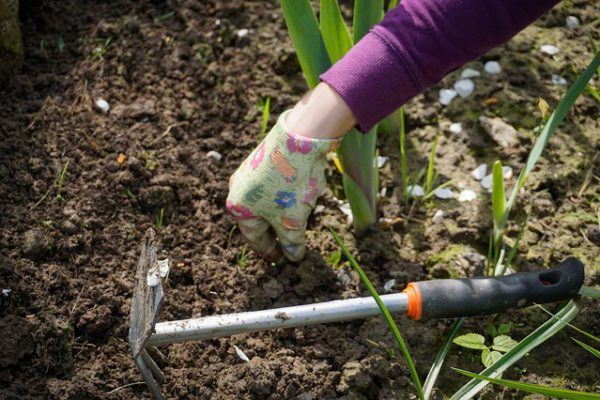
Problems: Planting problems usually arise as a result of not having healthy soil. If the soil is too wet or soggy, then it makes to sense to plant it in since it’s not going to produce good results.
If the soil is compacted and hard, not only would it be difficult to plant in, but again it would make no sense since a thriving garden would not likely be the reward.
Solutions: Following the above information to prepare your soil or install garden boxes to add healthy soil will provide the best solution to an easy planting journey. Healthy, enriched soil is the solid foundation you need for your garden to thrive. This followed by good irrigation and fertilization practices and a commitment to keeping your soil healthy can provide you with an abundant harvest and many years of joy from engaging with nature.
Easy to Fertilize
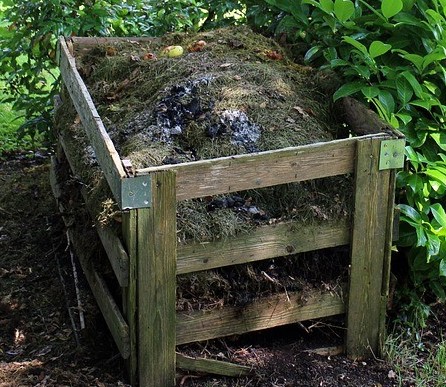
Problems: Plants need nourishment just as humans do. It’s easy to forget to feed your garden, but it’s important, especially when you’re building healthy soil that may not be at its peak of nutrient content.
Without the proper needed nutrients in the soil, your plants will not thrive. The three most commonly known are nitrogen (N), phosphorus (P) and potassium (K) shown on most fertilizer containers as NPK. These nutrients contribute in multiple ways to the health of the plants and the production of your vegetables.
Solutions: When using raised garden beds, you can fill beds with nutrient-rich soil to begin the process, but the soil does not contain an endless supply of nutrients. These nutrients must be replaced. Here are some ways to do this:
- Compost – Mixing compost into the soil will provide richness to your soil and feed the micro-organisms so vitally important to the health of your plants. Composting is nature’s way of recycling, and you can make your own. Check out my post on composting. Just be sure the compost has cooled down before planting. Compost heats up in the process of decomposing and can retain that heat until the decomposition process is complete. You can also use it as a mulch, but again make sure it’s cool before placing it close to any plants. If hot, it can burn the plants.
- Organic fertilizers – There are many organic fertilizers on the market today and many specifically for vegetable gardens. Be sure to follow the directions on the label.
- Make your own fertilizer – You can search the internet for “homemade vegetable fertilizers” and find many recipes for rich fertilizers to enhance your soil. Here’s a link to several “homemade” fertilizer recipes.
- Worm Castings – I have to add a note here about this amazing product. Earthworms ingest food particles and organic matter in the soil and create one of the very best nutrient and good bacteria-rich composts you can buy. As they digest this “food” they excrete what is called worm castings – a dark, rich, nutrient-filled, microbe abundant compost that can enrich your soil providing a powerful foundation for plant growth and plant health. I use this as an added amendment to my garden with remarkable results. To learn more about worm castings and the richness this product can bring to your soil, read my review.
- Of course, there are also chemical fertilizers. Some people like to use these for convenience or it’s just what they have had success with. Again, follow the directions on the label.
- NOTE: My personal choice is the organic way for better health both for the soil and for humans. I grew up on a farm where my grandmother was the queen of chemical fertilizers and pesticides. This was at a time when little was known about the side effects and health risks associated with these chemicals. As a child, I remember walking through the garden many times as my grandmother dusted the crops with these chemicals, and we both were immersed in a cloud of this dust breathing in whatever was floating in the air! Now we know so much more, and many are turning to a more organic, natural way of eating. Personal gardening is a great way to have this advantage.
Easy to Mulch Maintaining Moisture, Reducing Weeds, and Nourishing the Soil
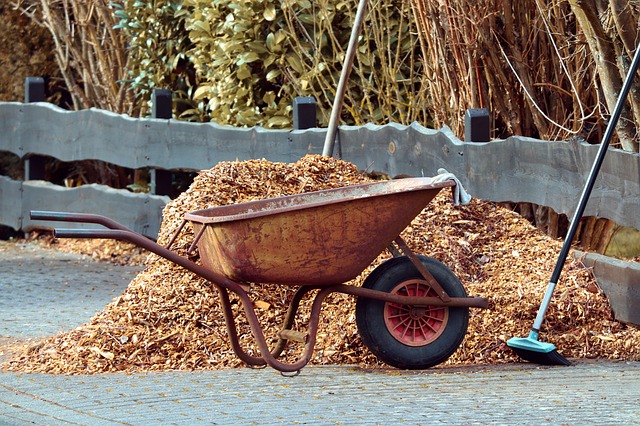
Problems: With proper irrigation and rich soil comes what some consider a nuisance – weeds! Weeds rob moisture and nutrients from the soil to support their growth leaving less for the plants we want to thrive.
On those hot summer days, water can evaporate from the soil faster requiring more frequent watering which, if you don’t have a well, can increase your water bill.
Solutions: Mulching your garden beds has great advantages:
- A layer for mulch over the soil keeps the soil cooler reducing water evaporation and maintaining moisture longer.
- Since mulch is covering the soil, there’s a lot less sunlight getting through promoting weed growth.
- Depending on the mulch used, mulch can decompose over time. This decomposition process is feeding the micro-organisms in the soil producing the soil nutrients ready for plant absorption.
- Mulch can keep fruits and vegetables from coming in contact with the soil which, due to the moisture held by the soil, can cause damage to your crops and expose the crops to disease.
Easy to Notice Problems Earlier
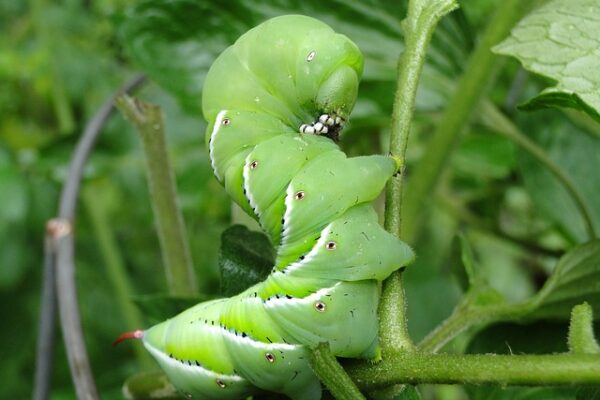
Problems: Are you familiar with this creature? This is the tomato hornworm. It’s amazing how much of a tomato plant hornworms can consume so quickly. When small they are difficult to see due to their color being so close to the color of the plant, but looking close, the damage is obvious.
Many other pests congregate in the garden damaging plants which can minimize production.
Solutions: A great advantage of raised garden beds is elevating the plants to a more visible level. When the plants are closer to your level of view, you’d be surprised how much more you can see.
For insects, I use Horticultural Oil. It’s an organic solution to the problem, but it’s important to read the label and the temperature not to exceed when applying. When temperatures rise above 85 degrees, I discontinue using this oil and use Captain Jack Deadbug Brew. This product doesn’t work for all insects, but it does work for many, and it’s an organic product. Read the label. Always read the label. Even though some products are organic, they’re still governed by label laws for environmental and human safety.
For caterpillars BT (Bacillus thuringiensis) is a great product. It is also an organic solution.There’s a limit to how many times a year this product can be used, so read the label.
For aphids, a strong burst of water from the garden hose can get them off you plants, but if ants are present, the aphids will soon be back. I use Safer Soap to eliminate these pests.
My favorite product to control and/or eliminate fungus is Liquid Copper. Again, read the directions on the label.
Don’t use any insecticides or fungicides on your garden unless it’s needed. Be kind to the Earth and she will be kind to you!
Easy to Harvest
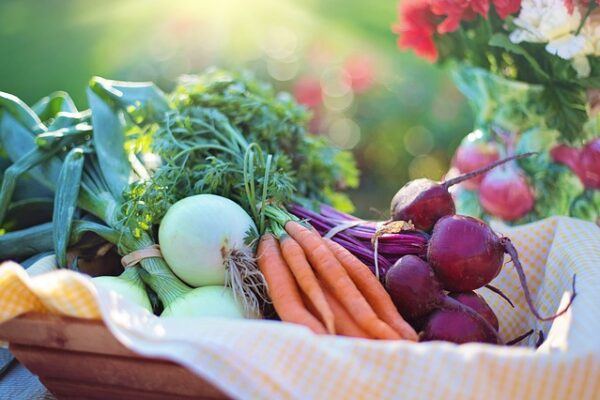
Problems: There aren’t a lot of problems associated with harvesting. If your garden has thrived to this point, then this is the reward!
However, have you left berries or vegetables on plants too long? Have some started to decay? Are you noticing more insects and fungi as a result of decaying produce? As produce decomposes, it can add value to the soil, but allowing this to happen on the plant is not a good idea.
Solutions: Harvest your produce as it matures! Don’t leave it on the plant and allow it to start decaying. This invites unwanted insects and fungi which will require more work on your part to treat and get rid of.
If you’re ready to be finished with a particular plant in your garden, pull it out and add it to your compost bin, the appropriate place for it to recycle its soil building attributes and give back to the Earth. The environment in the compost bin should be ideal for the decomposition process to occur – not in your garden.
Easy on the Back
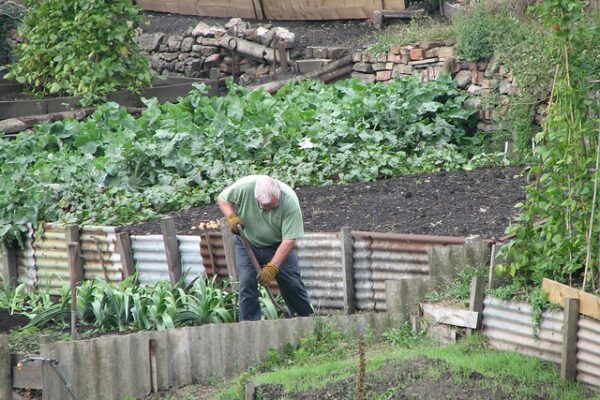
Problems: Typical gardening on level ground requires a lot of bending, stooping, and sometimes squatting. After spending time in the garden, some may experience a back ache or sore knees.
These physical restrictions can often lessen motivation to work in the garden. Your garden should be a pleasurable and rewarding experience, not a painful one! Let’s solve this problem and get back to engaging with the Earth.
Solutions: If you need to stand comfortably when tending to your garden, the elevated garden beds are the answer. The beds can be constructed to bring the garden box to whatever height is comfortable for you. Click here to see my review on one of the best choices for raised garden boxes.
If you don’t want your beds elevated to a standing position, then the raised boxes can be elevated to any level you desire. You can sit on the edge of the box and weed, fertilize, check your plant health, and check for any insect or fungus problems. These beds also bring the plants to a level where it’s easier to see problems and see when your produce is mature and ready for your dining table.
Recapping
- Elevated garden beds give you complete control to provide nutrient-rich soil that can be enriched season after season. Healthy, enriched soil is the foundation to gardening success.
- These beds also provide a simple space to irrigate with a drip system, getting the water directly to where it’s needed and minimizing waste of this precious resource. You can also create a very detailed almost self-reliant irrigation system with valves and a controller or you can keep it simple and water manually.
- Fertilizer is not wasted in unnecessary spaces but can be applied directly to where it’s needed. You can keep your vegetables organic by purchasing organic fertilizers or creating your own. Plants need to be nourished, so don’t forget to fertilize!
- Weeds rob our plants of nutrients and moisture so remove them! This job is no one’s favorite, so watch for the annoying weeds, and pull them out on a consistent basis so this job requires little effort. Remove them while they’re small and have not developed seeds adding more weeds. As noted above, the best place for weeds before they go to seed is the compost bin! The heat in the compost bin often stops the seeds from being able to germinate, but this is not 100 percent effective. This is why I recommend putting them in the bin before seeds appear.
- One last thought on raised garden beds – they organize your garden, and they look clean. It’s much more motivating to walk into a clean and organized space to work than a cluttered space full of debris. Keep your motivation high by providing a desirable place to work and play in your garden.
Please leave any questions or comments below. If you have any additional thoughts or experiences with raised garden beds, please share them with us.
To your gardening success!

Linda Rose
